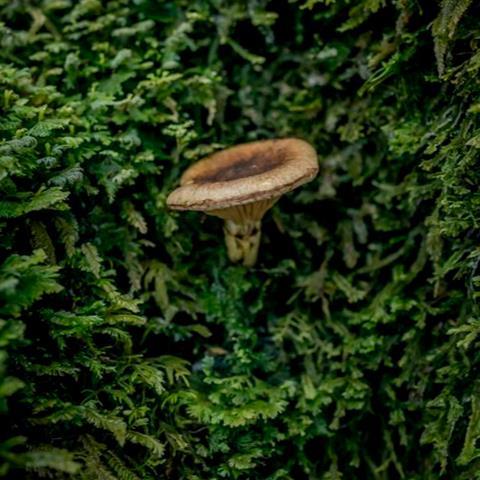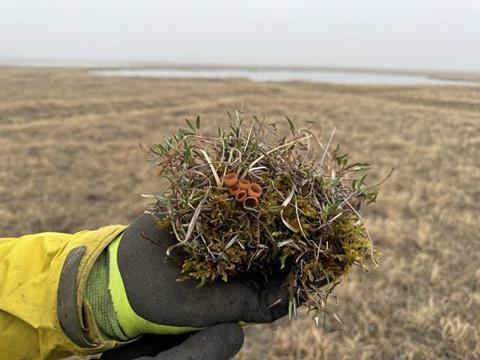A new analysis published in Nature Communications on July 31 focused on the biodiversity mismatches between aboveground vegetation and mycorrhizal fungi – a group of underground fungi that form symbiotic relationships with the roots of 90% of land plants.
READ MORE: Researchers pinpoint fungal hotspots of ‘dark taxa’ across Earth’s underground ecosystems
READ MORE: Underground Atlas: First global map of fungal biodiversity reveals 90% conservation gap
These fungi help regulate the climate and global nutrient cycles, enabling plants to absorb water and nutrients and drawing 13 billion tons of carbon underground each year. Because many mycorrhizal fungi spend their entire lives hidden underground, it’s been historically difficult for scientists and conservationists to map their distribution.
Using newly released global geospatial datasets, the researchers tested whether plant biodiversity can serve as a reliable proxy for mycorrhizal biodiversity. The results were striking. “At the global scale, there’s very little relationship between plant diversity and mycorrhizal fungal diversity,” says Laura van Galen, microbial ecologist with the Society for the Protection of Underground Networks (SPUN) and ETH Zurich.
Diversity hotspots
The study found that diversity hotspots of the two largest groups of mycorrhizal fungi — arbuscular and ectomycorrhizal fungi — overlapped with plant diversity hotspots in only 8.8% and 1.5% of the cases, respectively. “This kind of massive mismatch tells us that prioritizing conservation based solely on aboveground diversity fails to capture diverse belowground regions,” says van Galen.
Aboveground and belowground hotspots overlapped only in regions like Central America and Southeast Asia and diverged significantly elsewhere. The scientists were surprised to learn that some ecosystems with very low levels of plant biodiversity were hotspots of mycorrhizal biodiversity. Boreal forests in Northern ecosystems emerged as containing extraordinarily high levels of underground biodiversity. These ecosystems have been overlooked in traditional plant-based maps.
“There’s really an inversion happening here,” van Galen explains. “While tropical rainforests remain aboveground biodiversity havens, the soil tells a different story.”
Symbiotic interactions
What drives this divergence? Symbiotic interactions among species likely plays a role. “Fungi that associate with certain plant hosts may have super diverse communities when the right host plants are present, even if overall plant diversity is low,” says van Galen. Environmental tolerance is also likely important.
“Fungi and plants respond to different environmental factors. Conditions that promote high plant diversity may only suit low fungal diversity. They could also be evolving at different rates. If fungi can evolve more quickly in response to climate fluctuations than plants, it’s possible that they may have outpaced plants in areas with unstable climates.”
The takeaway is clear: if we want to protect ecosystems and stabilize our climate, we must look beneath our feet. “Mycorrhizal fungi are often treated as plant accessories,” van Galen says. “It’s time to flip that perspective. Underground fungi deserve to be conservation priorities in their own right.”
The Society for the Protection of Underground Networks (SPUN) is a non-profit scientific research organization with a mission to map and preserve Earth’s fungal networks. In collaboration with researchers and local communities, SPUN is accelerating efforts to protect the underground ecosystems largely absent from conservation and climate agendas. To learn more about SPUN, visit: https://spun.earth/









No comments yet